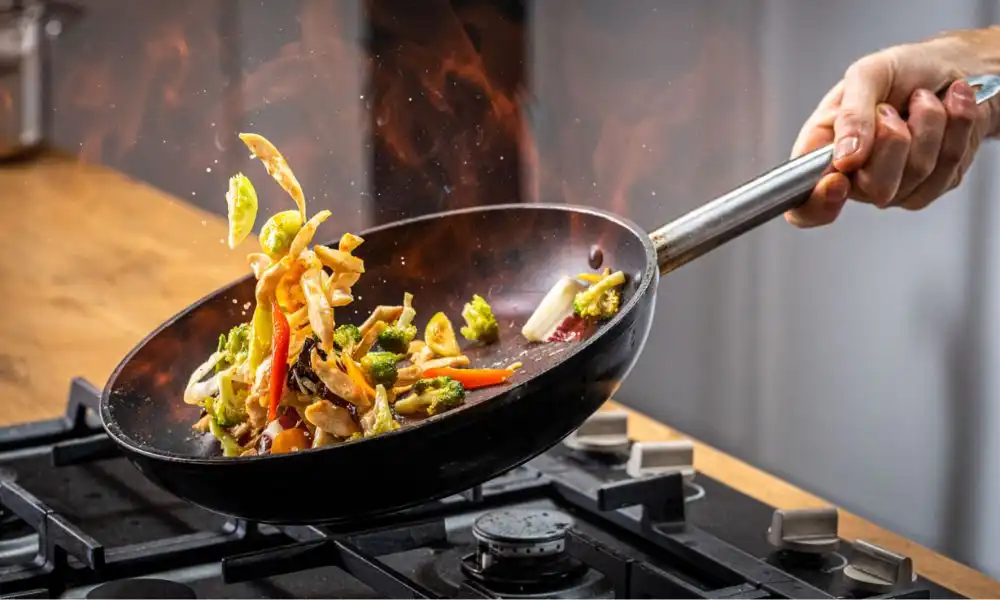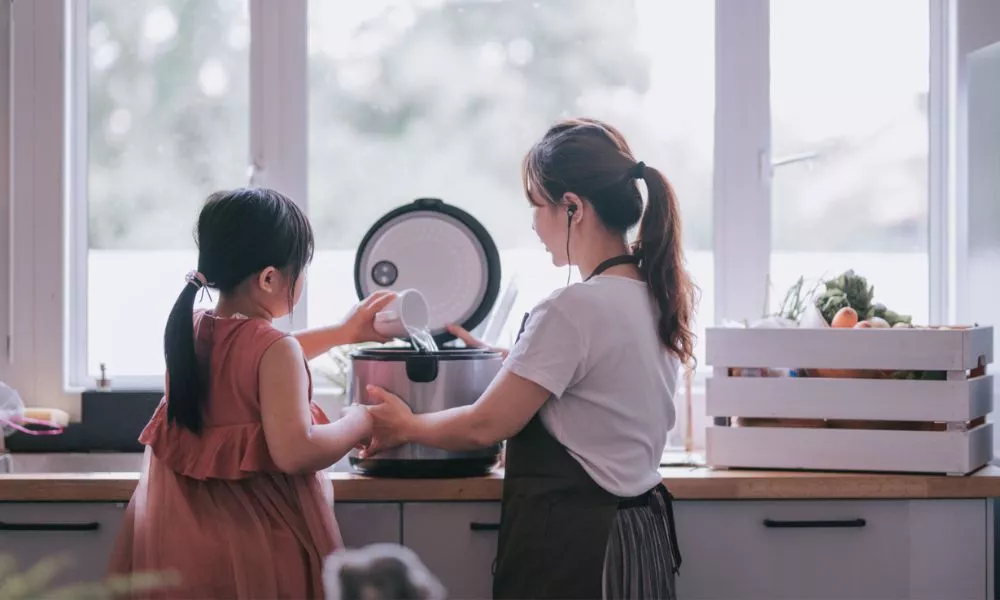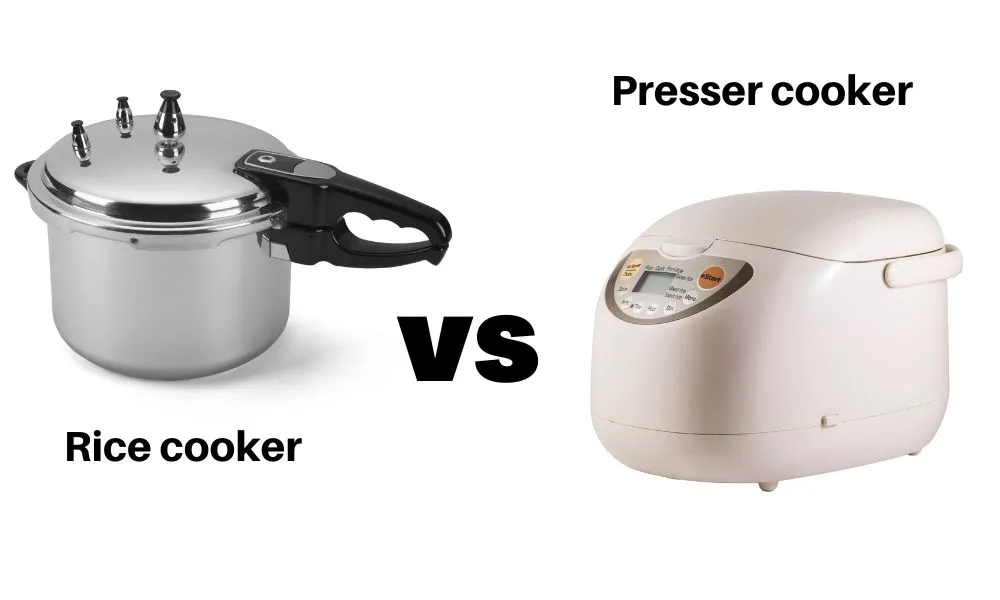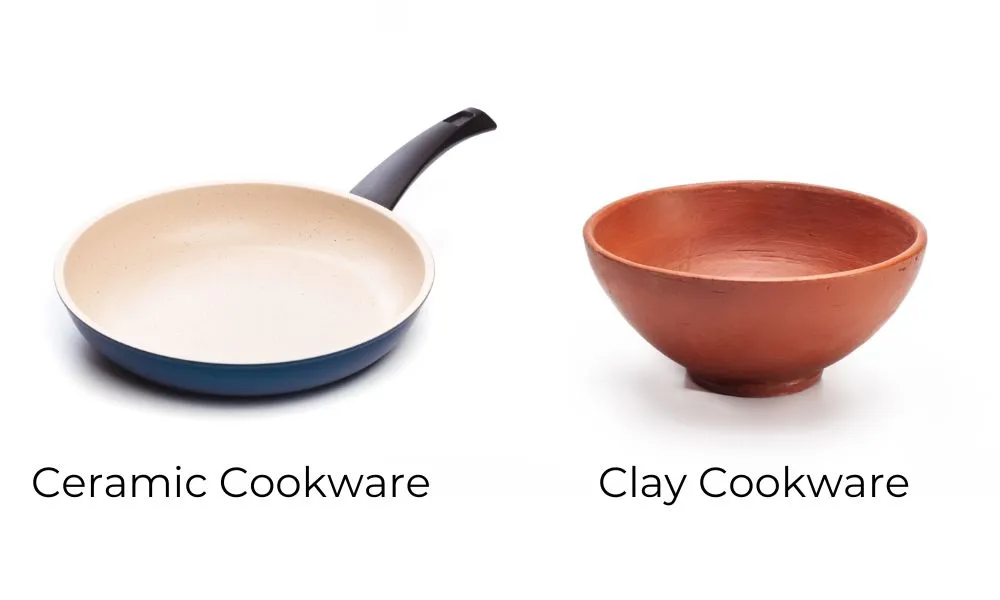Ceramic Cookware Heat Level – Cookware plays a crucial role in our daily cooking endeavors, and selecting the right type can significantly impact the taste and quality of our meals than stainless steel cookware. Ceramic cookware has gained popularity in recent years due to its numerous benefits, including even heat distribution, non-stick properties, and ease of cleaning. However, understanding the heat levels at which ceramic cookware performs optimally is essential to ensure proper usage and longevity. In this article, we will delve into the heat levels suitable for ceramic cookware and provide valuable insights to help you make informed decisions in your culinary adventures.
Table of Content
- What is Ceramic Cookware?
- Benefits of Ceramic Cookware
- Ceramic Cookware Heat Level
- What should be a ceramic cookware heat level?
- Is Ceramic Cookware Heat Level handle moderate-high heat?
- Understanding Heat Levels for Ceramic Cookware Heat Level
- Proper Temperature Ranges for Cooking – Ceramic Cookware Heat Level
- Best Heat for Ceramic Cookware Heat Level
- Maintaining and Caring for Ceramic Cookware
- Conclusion
- FAQs about Ceramic Cookware Heat Level
What is Ceramic Cookware?
Ceramic cookware refers to a type of cookware that is made from clay and then kiln-fired to create a durable and heat-resistant material. It is known for its smooth and non-stick cooking surface, which is achieved through the application of a ceramic glaze. Ceramic cookware is popular among home cooks due to its even heat distribution, versatility, and ease of cleaning.
Ceramic cookware comes in various forms, including pots, pans, baking dishes, and even utensils. It is important to note that while ceramic cookware offers many benefits, proper care and usage are essential to maintain its performance and longevity. Following the manufacturer’s guidelines for temperature limits and cleaning instructions will help ensure the durability and effectiveness of your ceramic cookware.
Know all About Ceramic Cookware
Benefits of Ceramic Cookware
Ceramic cookware offers several advantages that make it an attractive option for home cooking enthusiasts. Firstly, it provides excellent heat distribution, ensuring that your food cooks evenly without hot spots. This even heat distribution helps in achieving consistent results and prevents unevenly cooked meals.
Secondly, ceramic cookware is known for its non-stick properties. This feature allows you to cook with less oil or fat, promoting healthier cooking practices. The non-stick surface also makes cleaning a breeze, as food particles are less likely to stick and require extensive scrubbing.
Additionally, ceramic cookware is free from harmful chemicals such as PFOA and PTFE, making it a safer choice for both you and the environment. Its natural composition ensures that no toxic substances leach into your food during the cooking process.
Ceramic Cookware Heat Level
When it comes to selecting cookware, ceramic options have become a popular choice for many home cooks. Ceramic cookware is made from clay that has been kiln-fired, resulting in a non-toxic and non-reactive surface that can withstand high temperatures. However, it is crucial to understand the appropriate Ceramic Cookware Heat Level to maximize its performance and longevity.
What should be a ceramic cookware heat level?
Ceramic cookware can typically withstand high heat levels, but it’s important to note that different manufacturers may have specific recommendations. As a general guideline, most ceramic cookware can handle temperatures up to 500 degrees Fahrenheit (260 degrees Celsius).
However, it’s always a good idea to consult the manufacturer’s instructions or guidelines that accompany your specific cookware to ensure you’re using it within the recommended temperature range. Different ceramic coatings may have varying heat tolerances, so it’s essential to follow the instructions provided by the manufacturer to prevent any damage to the cookware or potential health risks.
Is Ceramic Cookware Heat Level handle moderate-high heat?
Yes, ceramic cookware can handle moderate-high heat. It is designed to withstand temperatures typically used in cooking, such as medium to medium-high heat. However, it is important to note that ceramic cookware is not suitable for extremely high-heat cooking methods like searing or flash frying, as prolonged exposure to very high temperatures may damage the cookware or affect its non-stick properties. It is always recommended to follow the manufacturer’s instructions regarding the maximum heat level that the specific ceramic cookware can withstand to ensure its longevity and performance.
Understanding Heat Levels for Ceramic Cookware Heat Level
To make the most of your ceramic cookware, it is crucial to comprehend its heat limits and usage guidelines. Here are some key points to consider:
Maximum Recommended Heat Level
While ceramic cookware can handle high temperatures, it is essential to adhere to the manufacturer’s instructions regarding the maximum heat level it can withstand. Exceeding these limits may lead to the degradation of the non-stick surface or even cause the cookware to crack.
To ensure the longevity of your ceramic cookware, it is advisable to cook on medium to medium-high heat rather than using the highest setting on your stovetop. This practice will prevent unnecessary wear and tear and preserve the non-stick properties of the cookware.
Preheating and Slow Heating
To avoid subjecting your ceramic cookware to sudden temperature changes, it is recommended to preheat it gradually. Rapid changes in temperature can lead to thermal shock, potentially causing cracks or damage to the cookware.
Start by placing the empty ceramic pan or pot on low heat for a few minutes, gradually increasing the heat to the desired level. This slow and steady approach allows the cookware to adjust to the changing temperature and minimizes the risk of thermal shock.
Avoiding Thermal Shock
Ceramic cookware is susceptible to thermal shock, which occurs when there is a sudden and drastic change in temperature. To prevent thermal shock, avoid placing cold ceramic cookware directly on a hot stovetop or immersing it in cold water immediately after cooking.
Instead, allow the cookware to cool naturally before cleaning or transferring it to a different temperature environment. This precautionary measure ensures the durability and longevity of your ceramic cookware.
Proper Temperature Ranges for Cooking – Ceramic Cookware Heat Level
Understanding the appropriate temperature ranges for different cooking methods can help you achieve optimal results with your ceramic cookware. With the proper Ceramic Cookware Heat Level, you can blow everyone’s mind. Here are some guidelines:
Low Heat Cooking
For delicate tasks that require gentle cooking, such as simmering sauces or melting chocolate, low heat settings are ideal. The even heat distribution of ceramic cookware ensures that your ingredients are heated uniformly without the risk of scorching or burning.
Medium Heat Cooking
Most everyday cooking tasks can be accomplished using medium heat on your stovetop. This includes sautéing vegetables, stir-frying, or searing meats. Cooking at medium heat allows for thorough cooking while preserving the natural flavors and textures of the ingredients.
High Heat Cooking
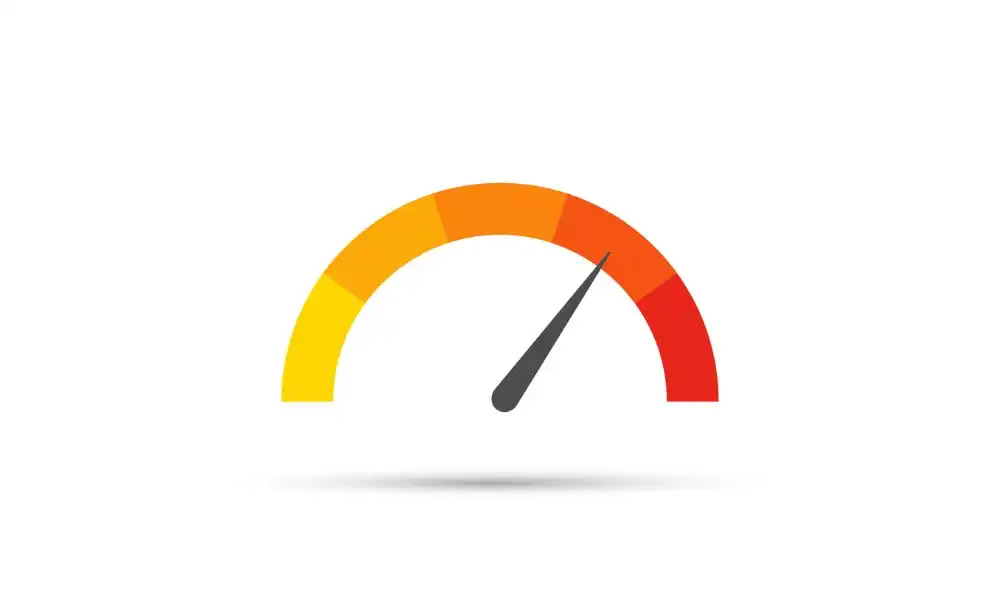
While ceramic cookware is not suitable for extremely high-heat cooking methods like searing or flash frying, it can handle moderate high-heat settings. This is ideal for tasks such as browning meats or stir-frying ingredients that require a slightly higher temperature.
Best Heat for Ceramic Cookware Heat Level
Ceramic cookware offers versatility when it comes to heat levels, which can vary based on the brand and type of ceramic material used. Depending on the specific cooking requirements, different heat levels can be utilized effectively. For delicate foods like eggs, it is recommended to use low heat to ensure gentle cooking and prevent sticking. On the other hand, medium or high heat can be employed for cooking other types of food. Many individuals opt for low or medium-heat settings when using ceramic cookware to minimize the risk of food sticking to the surface and to prevent excessive heat buildup in the pot or pan. By adjusting the heat level accordingly, you can enjoy the benefits of ceramic cookware while maintaining precise control over your cooking process.
Maintaining and Caring for Ceramic Cookware
Proper maintenance and care contribute to the longevity of your ceramic cookware. Follow these guidelines to keep your cookware in excellent condition:
Cleaning Guidelines
When cleaning ceramic cookware, avoid using abrasive cleaners or scouring pads, as they can damage the non-stick surface. Instead, opt for gentle dishwashing soap and a soft sponge or cloth to remove any food residue.
It is also advisable to avoid extreme temperature changes during cleaning. Allow the cookware to cool down before immersing it in water to prevent thermal shock. You must know about the perfect Ceramic Cookware Heat Level.
Storage Considerations
To prevent scratches and damage, stack your ceramic cookware with protective layers, such as soft cloth or paper towels, between each piece. This will help maintain the integrity of the non-stick surface and prevent any potential harm.
Store your ceramic cookware in a cool and dry place to avoid exposure to excessive humidity or temperature fluctuations. Proper storage ensures that your cookware remains in optimal condition for extended periods.
Conclusion
Ceramic cookware is a versatile and practical choice for your kitchen, offering numerous benefits such as even heat distribution, non-stick properties, and safety. By understanding the heat levels suitable for ceramic cookware and following the recommended guidelines, you can enjoy the full potential of this cookware while ensuring its longevity. Remember Ceramic Cookware Heat Level is quite important for the food.
FAQs about Ceramic Cookware Heat Level
Is ceramic cookware safe to use?
Yes, ceramic cookware is safe to use as it is free from harmful chemicals like PFOA and PTFE. It offers a non-toxic and non-reactive cooking surface.
Can I use ceramic cookware on high heat?
While ceramic cookware can withstand moderate-high heat, it is recommended to cook on medium to medium-high heat for optimal performance and longevity.
How should I clean ceramic cookware?
Clean ceramic cookware with gentle dishwashing soap and a soft sponge or cloth. Avoid abrasive cleaners or scouring pads to prevent damage to the non-stick surface.
Can I put ceramic cookware in the dishwasher?
It is best to refer to the manufacturer’s instructions regarding dishwasher compatibility. Some ceramic cookware may be dishwasher safe, while others require handwashing.
What should I do if my ceramic cookware develops cracks?
If your ceramic cookware develops cracks, it is advisable to discontinue using it, as it may affect its performance and safety. Consider replacing it with a new one.
Why does Ceramic Cookware Heat Level increase?
Ceramic cookware heat lavel ups because it absorbs and transfers heat from the stove or other heat sources due to its thermal conductivity.
